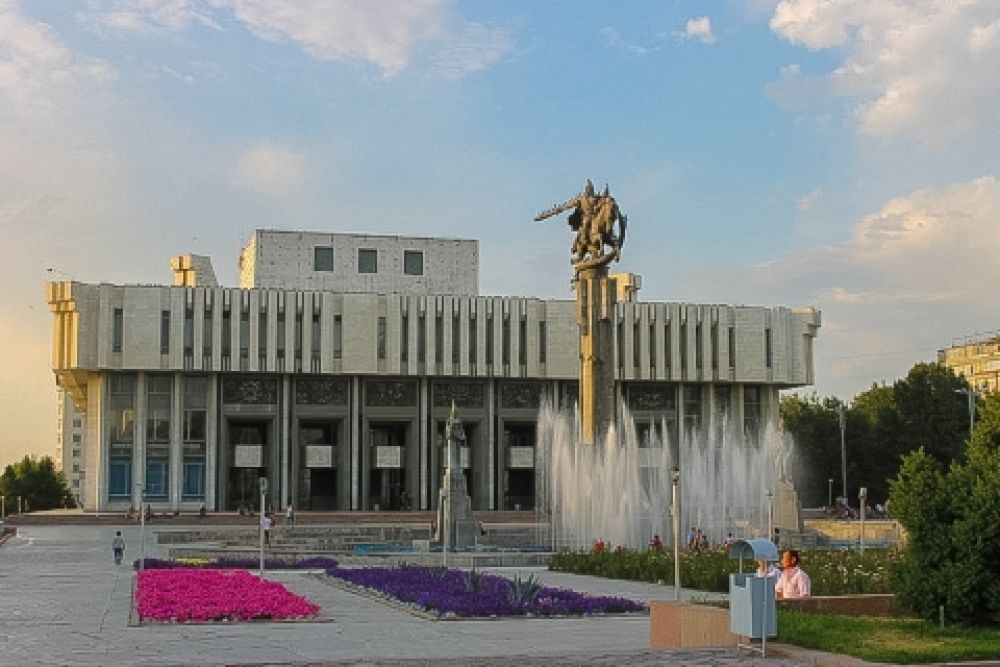

The Philharmonic Hall in Bishkek, Kyrgyzstan, officially named the Kyrgyz National Philharmonic after Toktogul Satylganov, stands as a prominent cultural institution that has played a significant role in the country's tourism history. Its roots trace back to the Soviet era when it was established to promote classical music, opera, ballet, and traditional Kyrgyz performances. Since its inception, the Philharmonic Hall has been a centerpiece for the capital's artistic expressions.
The Philharmonic Hall first opened its doors in the mid-20th century, during a time when the Soviet Union was pushing for the development of cultural institutions across its vast territory. Designed to showcase the finest examples of Soviet architecture, the building itself became an architectural landmark. Its history is deeply intertwined with the cultural evolution of Kyrgyzstan, making it a place of pride for the locals and an intriguing destination for tourists interested in the performing arts and history.
Over the years, the Philharmonic Hall has contributed significantly to the growth of cultural tourism in Bishkek. Visitors from around the globe are drawn to its majestic performances, which provide insights into both Kyrgyz culture and the influences of Russian classical traditions. As the interest in Silk Road history and Central Asian culture grew, so did the allure of the Philharmonic Hall as a must-visit destination on the tourist map.
Recently, the Philharmonic Hall has adapted to modern trends in the world of tourism by diversifying its offerings. In addition to conventional concerts, the Hall now hosts a variety of events including international music festivals, cultural exchanges, and conferences that attract both domestic and foreign visitors. As experiential travel gains momentum, tourists are increasingly seeking out destinations like the Philharmonic Hall for unique and immersive experiences.
Preservation is a key challenge faced by the Philharmonic Hall, as it requires ongoing maintenance and renovations to retain its historic charm and continue to provide a world-class venue for performances. Efforts from both the government and private sector aim to ensure that this cultural gem remains a focal point of Bishkek's urban landscape and tourism scene.
Looking towards the future, the Philharmonic Hall is poised to embrace new initiatives that will enhance the tourist experience, such as virtual tours and augmented reality applications that highlight the Hall's historical context. With sustainable tourism practices, it will strive to retain its status as a prestigious cultural hub and continue to contribute to the cultural fabric and tourism industry of Bishkek, Kyrgyzstan.